Forestry, and the opportunity for forest development, on the Chatham Islands
Hamish Levack, New Zealand Tree Grower February 2012.
Every year, for the past decade, groups lead by Don Tantrum, have been visiting a fascinating place for people who are interested in forestry – the Chathams.
Original native forest trees
Having been isolated for 80 million years the Chatham Islands have evolved plants and forest eco-systems found nowhere else. Indigenous mainland New Zealand forest genera on the same latitude are absent such as Podocarpus and Nothofagus, and plants that only reach shrub size elsewhere have developed into trees. These include the local karamu Coprosma chathamica, the tree koromiko Hebe barkeri, and the local akeake Oleria traversii, which is the largest tree daisy on earth.
The button daisy, Leptinella featherstonii, a member of a genus that only exhibits creeping herb form elsewhere, is a woody shrub. Tree ferns are also prominent in the native forest. Nikau is endemic to both the Chathams and the mainland of New Zealand, but the Chathams race is more vigorous becoming taller and larger. Pitt, one of the Chatham Islands, has the distinction of being the site of the most southerly naturally occurring population of palms in the world.
Introduced native forest trees
Some hundreds of years ago the Moriori introduced karaka or kopi Corycarpus laevigatus, as a source of edible fruit, and eventually the species became widespread. It is on kopi that the Moriori created their famous bark carvings, or dendroglyphs.
Other mainland New Zealand plants brought more recently, that are now well established, include the cabbage tree Cordyline australis and tree fuchsia Fuchsia excorticate.
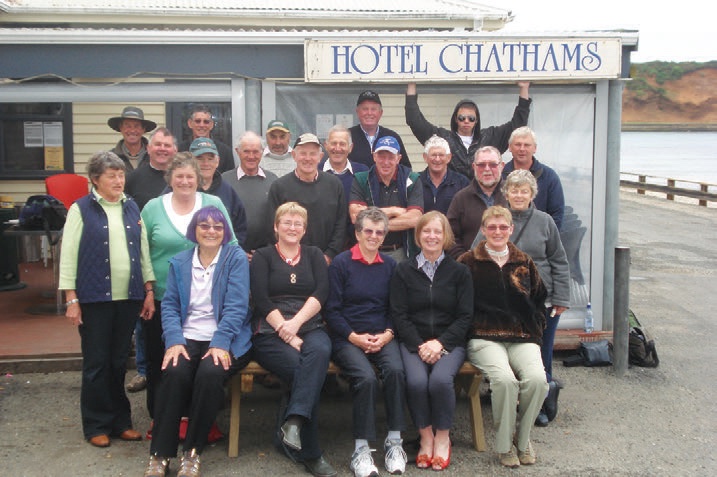
Depletion of native species
Due to their need to clear land and introduce domestic stock, humans have been responsible for a major depletion, degradation and fragmentation of indigenous vegetation on the Chathams. The introduction of most of the pests which are familiar to mainland New Zealanders has not helped. Interestingly weka were also introduced in 1905 and have acclimatised so well that they are now classified as a pest by the Department of Conservation. Seeing one caught in a Timms trap might horrify conservation staff elsewhere, but not on the Chathams.
Conservation
Today the Department of Conservation is doing a great job of rehabilitating a network of protected native forests and other eco-systems. It manages about 40 reserves, or 8,000 hectares (eight per cent) of the Chathams. The two Crown owned islands, Rangatira and Mangere, are free of introduced mammals and are important sanctuaries for threatened species, some of them very rare, the most famous being the black robin.
This forest bird deserves special mention. In 1980 there were five left in the world, only one of them being a female. The species was brought back from extinction by an innovative foster-breeding programme, and now there are over 250 individuals.
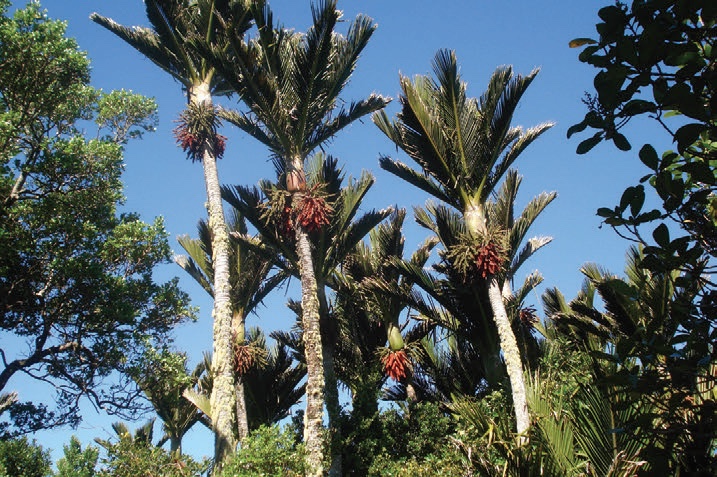
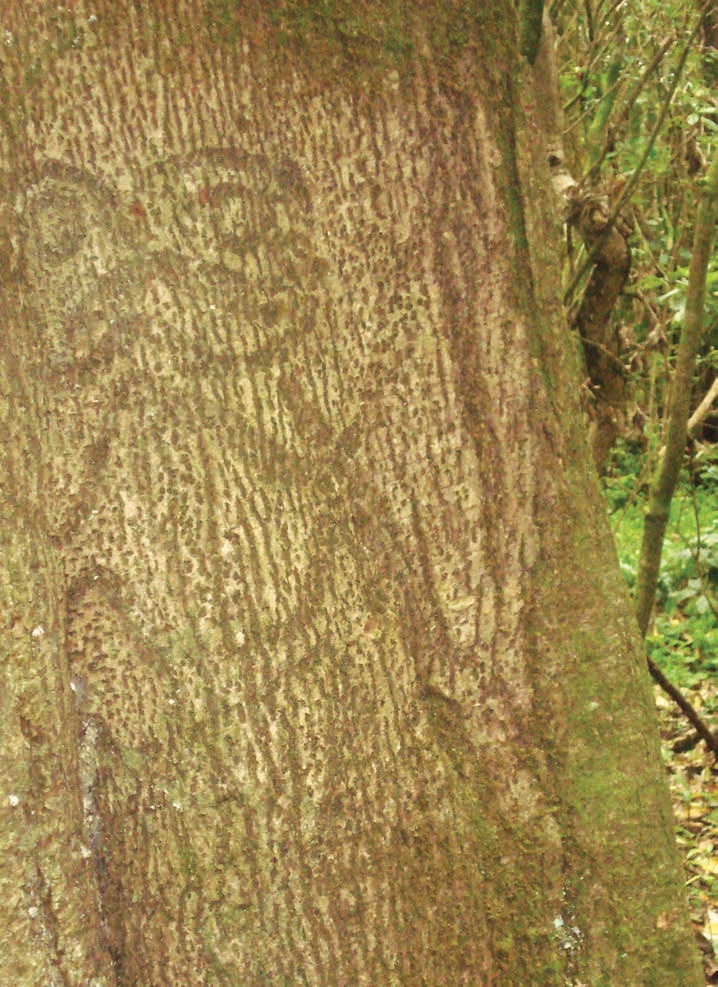
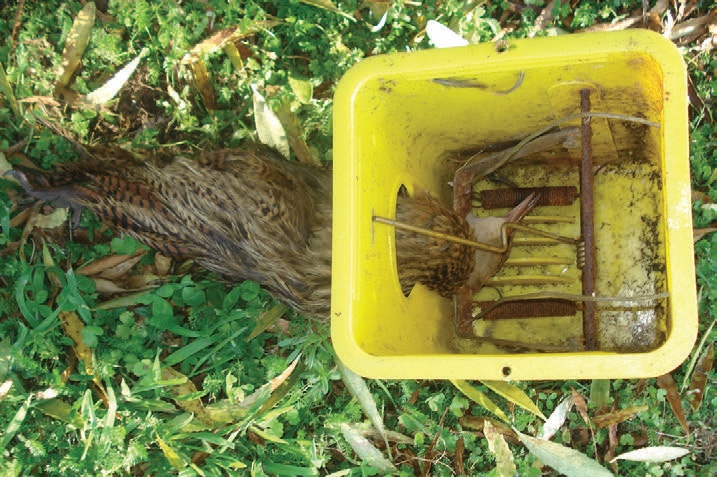
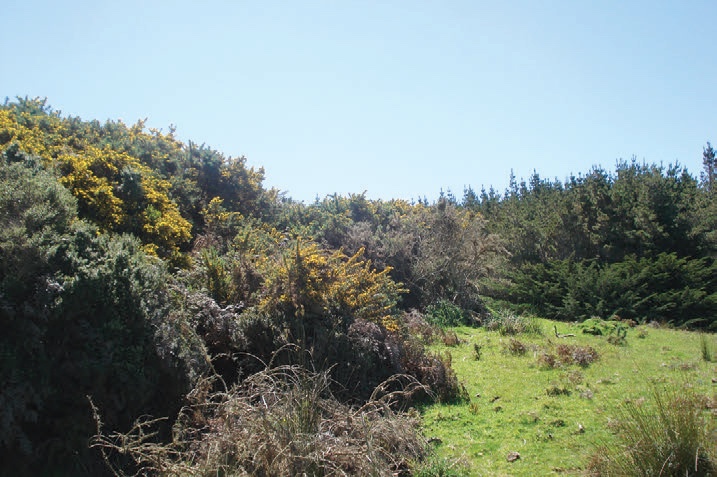
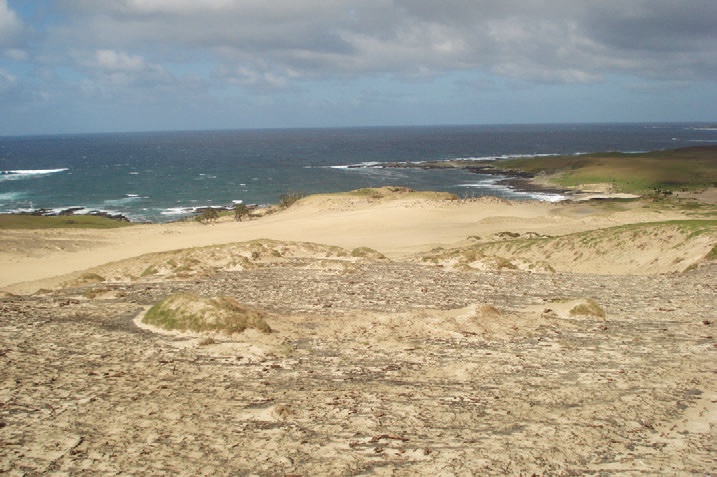
Exotic forest potential
Travelling around the Chathams gives you an initial impression that plantation forestry would be a hopeless investment. Occasionally across heathland and reverting farms isolated, semi-prone trees lacking foliage to the seaward can be seen. This perception is perhaps why currently exotic plantations cover only about 100 hectares of the islands.
However a body, called Chatham Island Forestry Limited exists. It is one of five companies, the others deal with the port, the electricity supply, the aerodrome and fishing quota, which were set up in 1991/92 under the umbrella of the Chatham Islands Enterprise Trust. This charitable trust was established, with the help of eight million dollars from the Crown to encourage self-reliance and reduce long term government expenditure. Its aim is to promote the economic development and well-being of the Chatham Islands.
Chatham Island Forestry Limited has two long term investments, one being a 380 hectare radiata pine forest planted in about 1994 at Mahia near Gisborne and the second being about 40 hectares of macrocarpa, planted at about the same time on Chatham Island. The logic behind the latter was to provide naturally durable wood for domestic use. Although it is 17 years old, the intention is to convert the stand to a normal forest over a long period by harvesting only one or two hectares a year.
Radiata will grow
The 2009 strategic plan states that no further expansion of forestry on the Chathams is planned. This is unimaginative. Provided it is accepted that a sacrificial strip of forest is needed to the seaward, radiata will grow perfectly well, just as it does in sand dune country at say Santoft and Waitarere on mainland New Zealand. One or two privately owned radiata woodlots on the Chathams demonstrate this possibility, and the already mentioned nikau prove that the climate of the Chathams is equitable and almost frost free.
Forestry would be a far more profitable land use than pastoral farming. Farmers on the Chathams face major and increasing costs. Having no abattoir, farmers have to pay at least $35 to ship one live sheep to New Zealand. With not enough income farmers are fast losing the battle with gorse which is invading rapidly. In several places sand is also beginning to cover farm land.
An estate of two or three thousand hectres of radiata pine would provide full time employment for one logging gang. Engineering services are already available to support the existing fishing industry and plenty of islanders are skilled at improvisation. One example being their use of beer bottles as electric fence insulators.
A way forward
Ample flat land, suitable for plantation forestry, and close to Port Waitangi, would be available and the ETS has the potential to defray forest establishment costs. While scale problems at the Hansen Point wharf will make log ship loading costs more expensive than in mainland New Zealand, these extra costs are likely to be offset by not having to do any hauler logging and only having short leads for logging trucks.
A alternative would be to saw the timber before it is exported. A 2,500 hectare estate could sustain a mill cutting perhaps 40,000 cubic metres of logs a year, big enough to justify the purchase of a de-barker and a chipper. An important side benefit would be about 20,000 cubic metres a year of bio-energy. The chips could replace the expensive diesel which is currently imported at considerable cost to generate Chatham Island electricity.
Conclusion
The gigantism and the uniqueness of its indigenous forests are already a feature of the Chatham Islands tourist industry, but plantation forestry offers a major new potential. An investor with reasonably deep pockets is needed, but forestry is a good place to put surplus funds in these times of world financial uncertainty and recession.
Trees keep on growing regardless of what the world economy does, and so the forest owner’s capital continues to accumulate. There is much else to attract the right sort of wealthy person. Anyone who also likes great fishing, pristine beaches, and semi-wilderness should be receptive to an invitation to partner the Chatham Island Forestry Limited.

 Farm Forestry New Zealand
Farm Forestry New Zealand